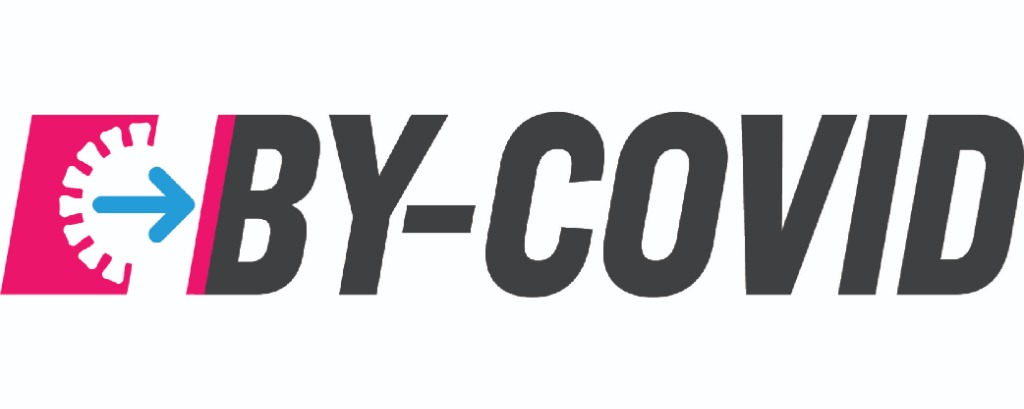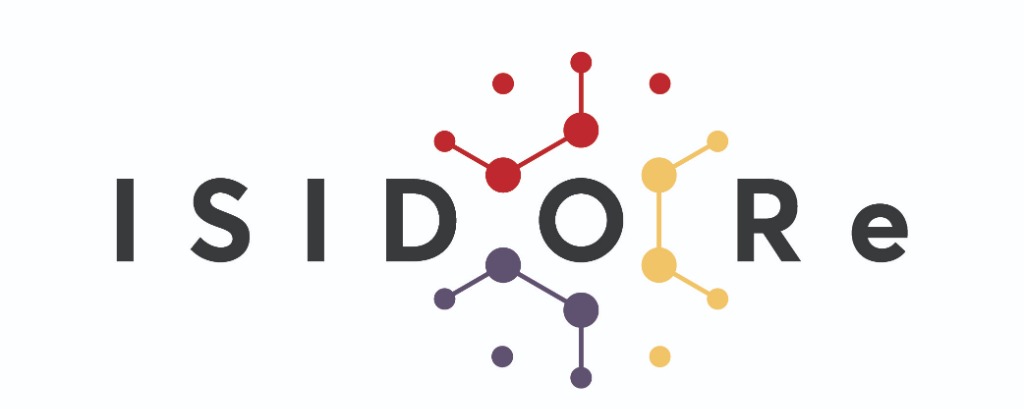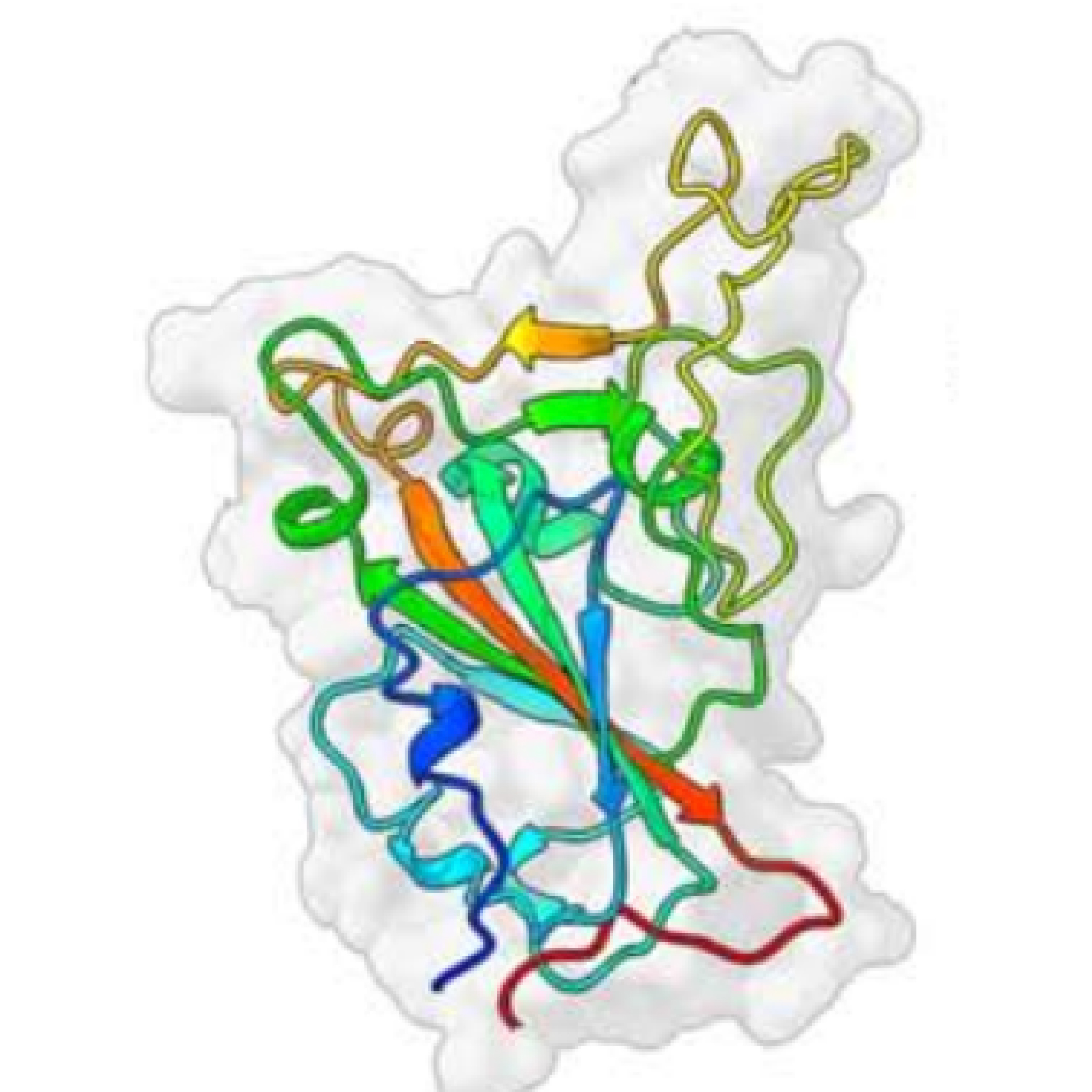24-Apr-2023
Instruct-ERIC Covid-19 Summary
In early-2020, with the outbreak of the SARS-CoV-2 virus, Instruct-ERIC sprung into action, offering access for researchers studying the virus to its advanced structural biology facilities across Europe. This has continued over the past three years, with several calls and projects set up to prioritise access for COVID-19 research.
With democratised access to all structural biology services through Instruct-ERIC, researchers could utilise technologies from across Europe to explore the structure and function of various sites of the virus, with particular emphasis on the surface spike protein, and its receptor binding domain (RBD). Researchers could access advanced techniques such as cryo-EM, NMR, and crystallisation technologies for their studies.

Figure 1. Pale grey RBD surface with cartoon depiction of one monomer rainbow coloured from blue (NJournal Pre-proof 29 terminus) to red (C-terminus). Also, grey surface depiction of RBD labelled to correspond to the adjacent torso - used by analogy to enable definition of epitopes. From Dejnirattisai et al, 2021.
In late 2020 and early 2021, several breakthroughs came from Instruct Centres regarding the spike protein. A paper from Hou et al (2020) described two nanobodies that were shown to block the RBD from binding to host cells. Similarly, in early 2021, a study (Dejnirattisai et al, 2021) utilised X-Ray crystallography and cryo-EM at Diamond Light Source of Instruct-UK to determine the antigenic anatomy of the RBD (Figure 1), which was a significant milestone for vaccine development, providing a more complete picture of the virus structure. 2021 was a critical moment in SARS-CoV-2 research, as several variants and mutations had been identified. Structural biology was pivotal in determining the efficacy of existing vaccines against these variants, and understanding which elements of the variant RBDs led to vaccine escape.
Instruct-ERIC researchers also collaborated with industry to help tackle SARS-CoV-2, working with Janssen Vaccines and Prevention B.V to help develop a new vaccine. The company accessed Instruct-NL facilities to create and characterise stable variants of the spike protein, which could then be used for advanced vaccine studies. Furthermore, Instruct-ERIC facilities were involved in the COVID-19 NMR Project, which brought together dozens of facilities and organisations across 18 countries to build a comprehensive database and network of COVID-19 fragment-screen research. Instruct also plays a key role in a number of European projects that offer access specifically for researchers studying SARS-CoV-2, including BY-COVID and ISIDORe (Figure 2).


Figure 2. BY-COVID and ISIDORe are two European-funded projects aimed at providing transnational access to research infrastructures for infectious disease research, with a specific focus on SARS-CoV-2. Find out more about ongoing calls here.
Further vaccine studies were undertaken by Robotein®, part of Instruct-BE. Their work examined the effects of the BNT162b2 mRNA vaccine of several demographics; young children, nursing home residents, and solid organ transplant patients. Crucially, the multiple studies found that those vaccinated with a third dose saw a significant increase in their levels of neutralising antibodies, which was particularly important for vulnerable demographics. The protein production and quality control facilities at Robotein® allowed the teams to quickly and efficiently carry out the studies.
Outside of SARS-CoV-2, Instruct services have a wider impact on science. It’s JRA Award scheme gave the opportunity for a study into teixobactin (Shukla et al, 2022), a novel antibiotic which has displayed significant efficacy against drug-resistant pathogens. Researchers from Instruct-NL utilised ssNMR machinery at Instruct-IT, and explored the structure of the antibiotic, which could lead to the development of a new non-resistant drug.
